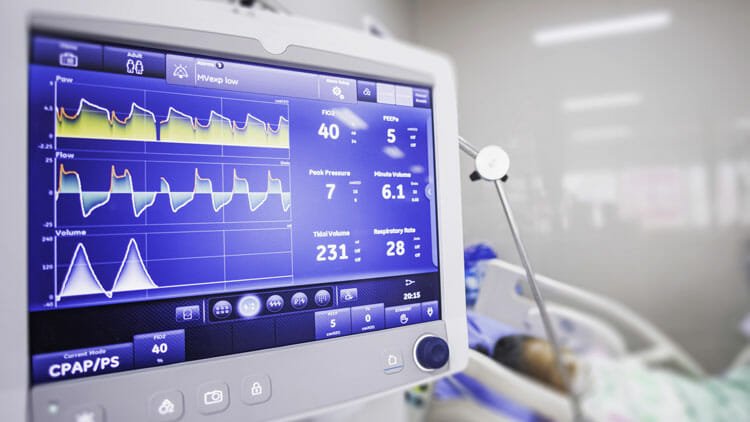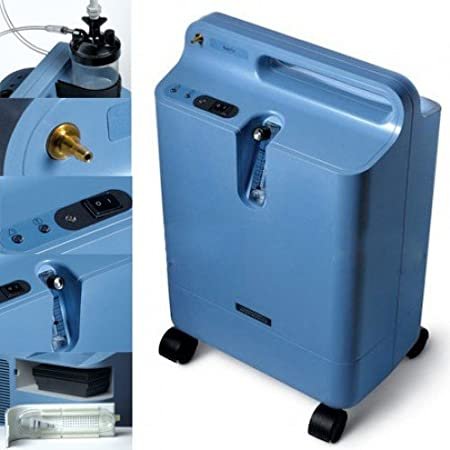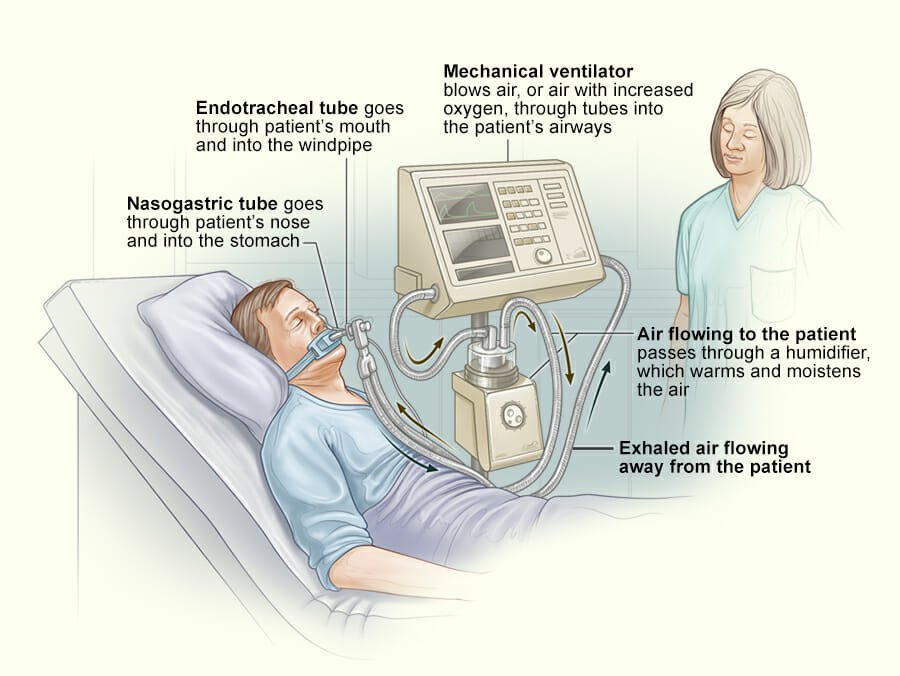
Oxygen Concentrators and Ventilators. Know all about these
Ventilators and Oxygen concentrators play a huge role in the medical industry. We often hear about patients who are made to stay on ventilators while the surgery is performed or even when they are undergoing some other treatments. While oxygen concentrators are necessary for patients suffering from severe respiratory ailments like COPD. In recent times, as the pandemic has spread across India quickly, many affected people are experiencing trouble in breathing and the need for ventilators has risen up suddenly. Not only is the pandemic responsible for this drastic increase but there are several other reasons which have resulted in a large number of people coming with severe breathing issues. And when we get to know that these machines are being used in such large numbers all over the world, we get curious. So if you want to know all about ventilators and oxygen concentrators then we bring to you a short guide to help you with it.
Let us understand what are ventilators and oxygen concentrators and the difference between them. We will then be able to know why they are important and so popular.
What is a Ventilator?
A ventilator or a breathing machine is an appliance that helps to support the breathing procedure. It helps to pump oxygen into the lungs and helps to ease the breathing of patients who are suffering from respiratory diseases. Ventilators are often used while a surgery is being performed or in a situation where a patient is given anesthesia and might find it difficult to breathe without a ventilator. Ventilators are sometimes also called respirators and are mainly used in ICUs.
How does a ventilator work?
A ventilator works on air pressure. It is a machine that blows air into the lungs and facilitates proper breathing even when someone is going through severe respiratory diseases for procedures like surgeries. When a patient is going through respiratory diseases where they are usually not able to inhale or exhale properly, a ventilator uses positive pressure to push air inside their lungs and extract out the air from them to carry out the breathing process properly. A monitor is attached with the machine which can control the amount of oxygen that a patient must receive. There is an alarm in the ventilator which rings when a patient is experiencing severe respiratory problems. This alarm helps to inform the operator or the doctor to increase the pressure of the ventilator. Different parts of a ventilator work to enable the process of breathing and depending upon the seriousness of the problem a patient might use a mask or breathing tubes.
Oxygen Concentrators are different from Ventilators. While both of them are used to enable proper breathing functions they are used for different purposes. Let us know more about the oxygen concentrators to understand the difference between them.
What are Oxygen concentrators?

How do Oxygen concentrators work?
We know that there is about 21% of oxygen present in the atmosphere and this machine filters the oxygen and gives out nitrogen. The oxygen gets collected and dispensed through a pressure valve. This valve regulates the flow of oxygen to the nasal cannula. A nasal cannula is a tube which is divided into two and can be attached to the patient’s nose. This tube helps the filtered oxygen reach the patient’s lungs. There are two ways in which the oxygen can reach the patient’s lungs. It can either flow or be sent in the form of puffs. The flow is a constant stream of oxygen that passes through the nasal area while the pulse flow method involves small puffs. On average, an oxygen concentrator usually supplies 95 percent oxygen. Oxygen concentrators are now available in portable form and can be bought for personal use as well.
Also read: All you Need to Know About Medical Tourism in India
How are oxygen concentrators different from Ventilators?
Ventilators are different from concentrators in many ways. While ventilators force the air into the lungs to enable proper breathing, oxygen concentrators ensure that the person who is breathing gets the right amount of oxygen that they need. Ventilators are used when a surgery is being performed while the oxygen concentrators might be used to help patients suffering from diseases like cystic fibrosis, COPD or chronic obstructive pulmonary disease and many more.












